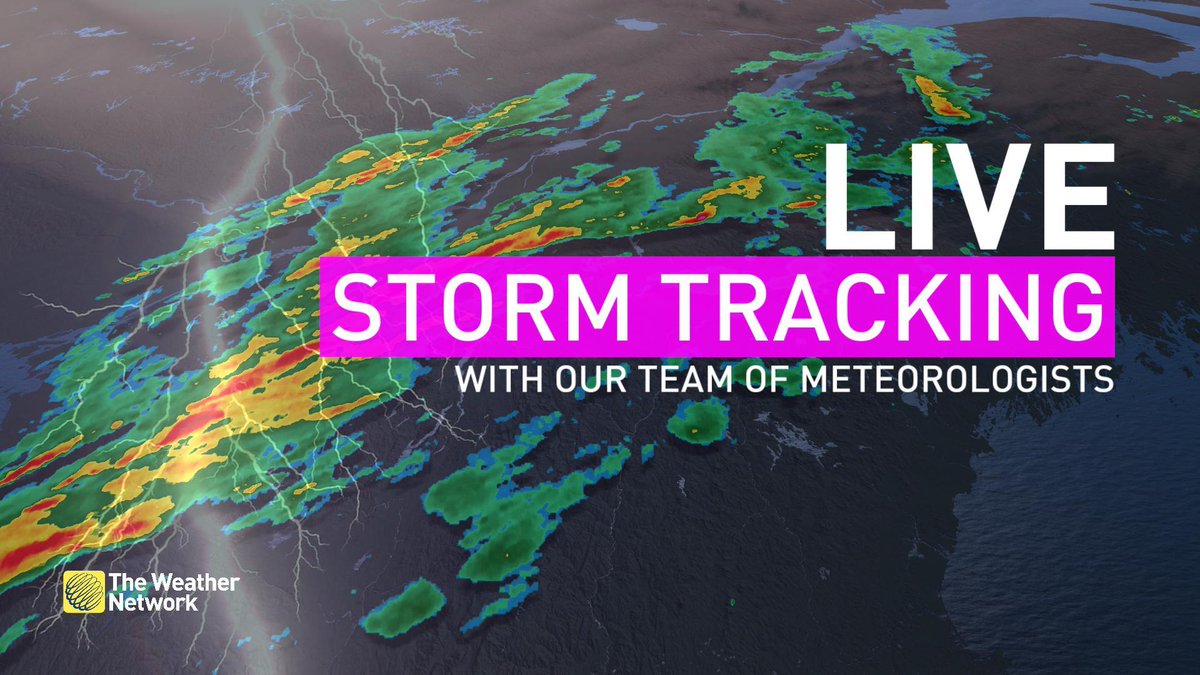

Stay in the vehicle, keep fresh air circulating through a downwind window, run the motor sparingly, turn on the dome light, and stimulate circulation and stay awake by moving arms and legs. If you are stranded in a winter storm, do not panic. Watch for deer, especially near dusk and dawn.Report impaired drivers to a law enforcement agency. Anticipate a second skid in the opposite direction as the car straightens out. If your car loses traction and begins to slide, steer into the swerve, or in the direction you want to go.Clean frost and snow off all windows, mirrors, and lights. You must be able to see out, and other drivers must be able to see your vehicle. intersections that may be icy from snow that melted and refroze). Make turns slowly and gradually, especially in heavily traveled areas (e.g.Read the owner's manual or check with a dealership for more information, and practice using it correctly. If your vehicle has an anti-lock braking system (ABS), it is very important that you understand how to use it. Braking is best accomplished by pumping the pedal. A light foot on the gas is less likely to make wheels spin on ice and snow. Ice and snow significantly increase your stopping distance.


Nebraska: Nebraska Department of Transportation (1-80) Iowa: Iowa Department of Transportation (1-80) Kansas: Kansas Department of Transportation (1-866-511-KDOT) Missouri: Missouri Department of Transportation (1-888 ASK MODOT)


 0 kommentar(er)
0 kommentar(er)
